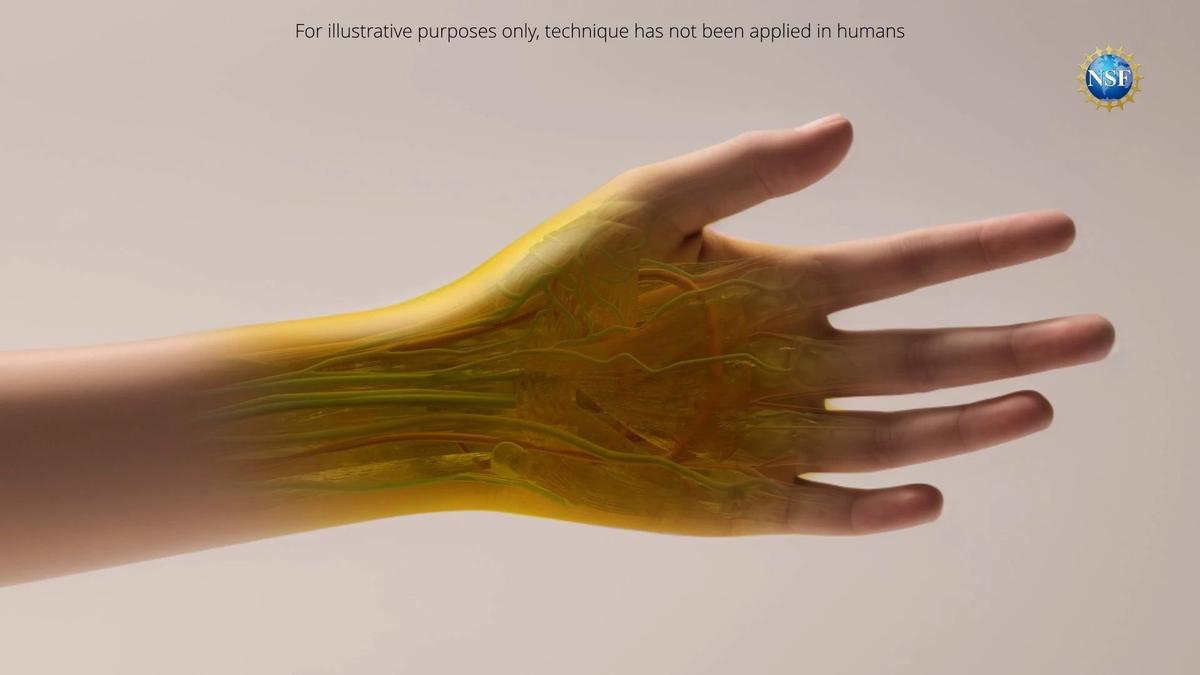
Yellow dye makes live mouse temporarily transparent
The Hindu
Discover how researchers are working on making living tissue transparent to revolutionize medical treatments and diagnoses.
Why isn’t your body transparent? Some animals such as jellyfish, zebra fish and some glass frogs have see-through bodies. But most mammals, including humans, aren’t transparent.
While the idea of a transparent body might seem odd or even a bit creepy, it could actually be really helpful for doctors. If our bodies were transparent, doctors could easily see inside to diagnose diseases in organs such as the liver, spleen and brain. They wouldn’t need invasive procedures such as biopsies or expensive machines such as CT scanners and MRIs.
I’m a materials scientist, and my team and I work on how new materials can aid biomedicine. My colleagues and I have wondered whether it’s possible to make living tissue transparent temporarily to aid in medical treatments and other uses.
We discovered that by dissolving certain dye molecules, including a food dye commonly used in snacks called FD&C Yellow 5, into water, we can change the way light travels through the water. We used this phenomenon to make organic tissue – specifically the thin skin of mice – transparent in our study, published in September 2024 in Science.
Our bodies, like those of most mammals, aren’t transparent mainly because of how light interacts with our tissues. Normally, light travels in a straight line through the air. But when light hits the human body, it doesn’t go very far before its path gets scattered. The light bounces around in different directions instead of traveling straight through. If light passed through us without scattering, our tissue would be transparent.
This scattering happens because human tissues are made up of many different components, including water, fats and proteins. Each of these components slows down light differently, a property known as the refractive index.
For example, water has a refractive index of about 1.33, while fats and proteins have a higher refractive index of around 1.45 in the visible spectrum. So, light travels more slowly in lipids than in water.





















 Run 3 Space | Play Space Running Game
Run 3 Space | Play Space Running Game Traffic Jam 3D | Online Racing Game
Traffic Jam 3D | Online Racing Game Duck Hunt | Play Old Classic Game
Duck Hunt | Play Old Classic Game